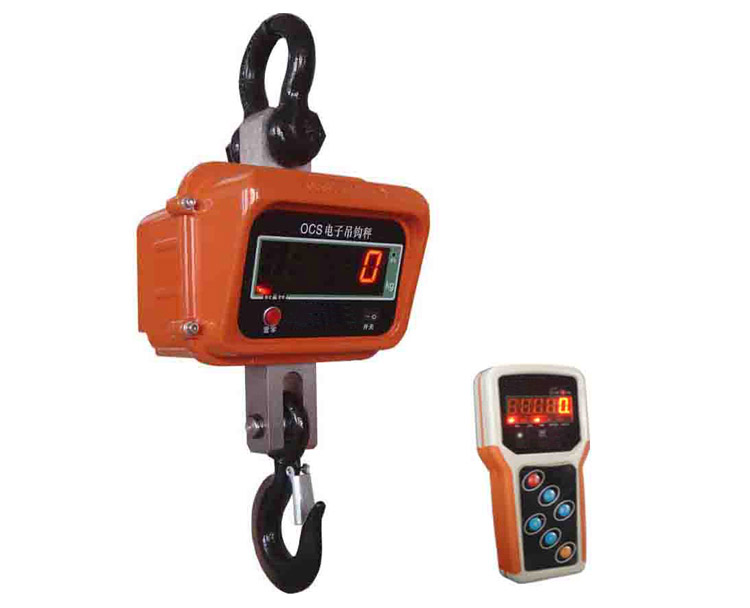
Working principle of weighing sensor
Keyword:weighing sensor Time:2019-11-13 10:01:23
Working principle of weighing sensor
The weighing sensor is actually a device that converts the mass signal into measurable electrical signal output. Use of sensors should first consider the actual working environment of the sensor, this is very important for the correct selection of weighing sensor, it is related to the normal work of the sensor and its safety and service life, and even the reliability and safety of the whole weighing device. In the basic concept and evaluation method of main technical index of weighing sensor, there are qualitative differences between old and new countries. There are mainly S type, cantilever type, spokes type, plate ring type, diaphragm type, bridge type, column type and so on.
Sensors generally use voltage excited resistance bridge structure of the sensor, the type of sensor related to the constant voltage (current) output voltage as well as linear.
The weighing sensor is mainly composed of elastic beam, strain gauge and adhesive. When an external force ACTS on the sensor, the elastic beam of the sensor will be deformed, so that the strain gauge with the adhesive of the elastic beam will act, and a certain amount of electricity will be output under the corresponding excitation voltage in the measurement circuit composed of the strain gauge. A typical weigh-sensor bridge USES a 300fl resistor. The basic lead terminal of the four-terminal sensor is VIN+, VOUT+ or S+, VIN or E-, VOUT - or S-. The basic lead terminals of the 6-terminal sensor are: +FORCE, +SENSE, +VO, -vo, -sense and -force.
The excitation power supply end of the sensor is usually connected with temperature compensation resistance and zero compensation resistance in series. The elastomer of the sensor USES special metal materials and sticks four pieces (groups) of R1, R2, R3 and R4 strain gauges on the surface of the strain sensitive area to form the wyesting bridge. When the elastomer is subjected to the action of external force F, it deforms, causing the strain gauge R1 and R3 to be stretched and the resistance value to be increased. R2 and R4 are compressed, the resistance value decreases, making the bridge out of balance, and the output voltage signal is proportional to the external force F. The measuring bridge has the advantages of high sensitivity, wide measuring range, simple circuit structure, high precision and easy temperature compensation, so it can meet the requirements of strain measurement.
Weighing technology is one of the main logistics weighing technology, from water, road, railway transportation of all kinds of materials weighing requirements and smelting, rolling and other production process control requirements, weighing equipment is used in the raw material input to iron, steel, billet, material flow process and finished product delivery process weighing and process control.
Belt scale is widely used in smelting process.
Waterway raw material transportation volume is large, the operation time is long, logistics management needs belt weighing equipment, from raw material wharf to raw material storage yard of more than 20 sets of belt weighing devices, the working efficiency of 1200 tons/hour to 6000 tons/hour, to ensure the unloading storage yard management needs.
The belt transportation in the factory needs to meet the requirements of various processes of iron smelting and steelmaking production up to 10 million tons of steel output. Nearly 200 sets of belt weighing equipment are used for sintering, coke, blast furnace and converter production, respectively, bearing the delivery, batching and process consumption weighing. The working efficiency is 30-2000 tons/hour.


- No information
-
1. Design objective of electronic crane scale network management. (1) Adopt advanced distributed data processing techno…
-
Electronic crane scale bearing platform installation to focus Electronic crane scale can be installed generally on the li…


